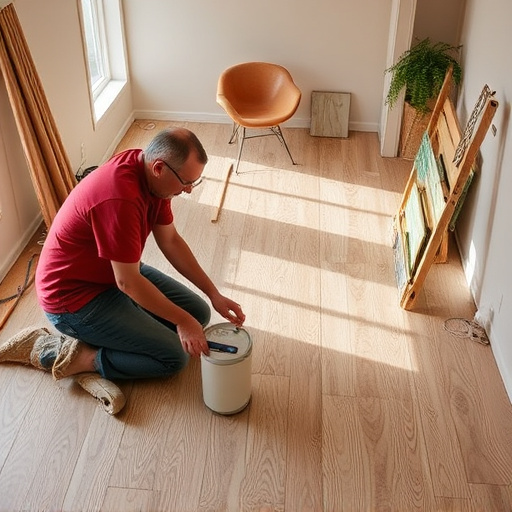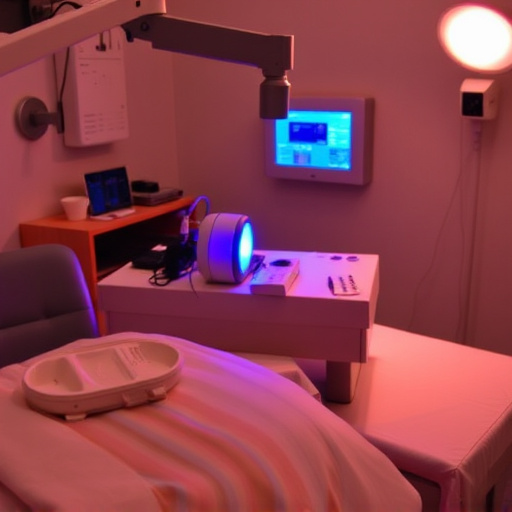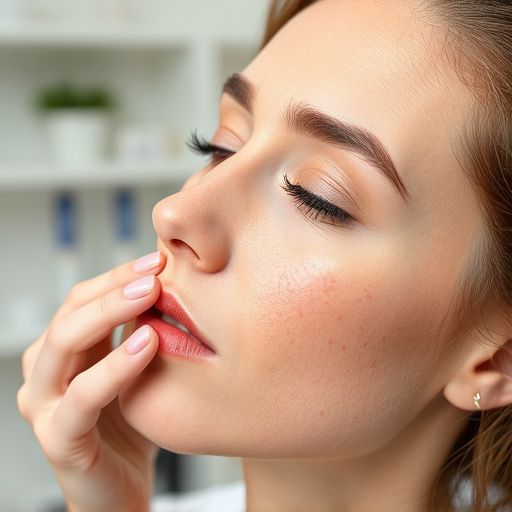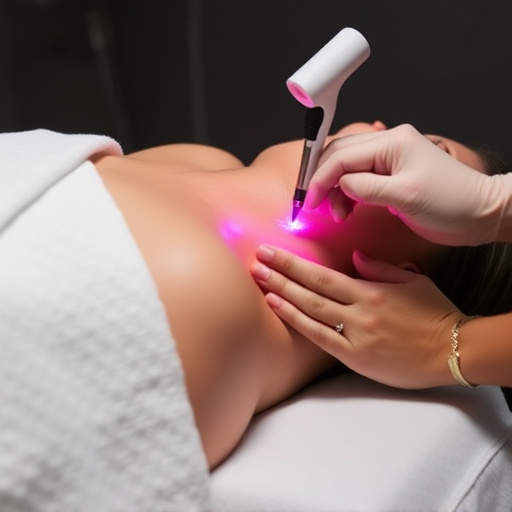Razor bumps, caused by shaving, lead to red raised bumps on hair growth areas. Dermatologists offer specialized treatments like chemical peels and laser therapy for relief. Home care is initial step; severe cases require advanced procedures. Consulting a dermatologist determines best razor bump treatment based on individual needs.
Are you tired of dealing with unsightly razor bumps? These small, red, raised bumps can be uncomfortable and persistent. This guide will help you understand the causes and symptoms of razor bumps and determine when it’s time to see a dermatologist for effective treatment. From topical creams to surgical interventions, explore various options to finally bid farewell to these pesky skin issues.
- Understanding Razor Bumps: Causes and Symptoms
- When to Seek Professional Help for Effective Treatment
- Exploring Treatment Options: Topical Creams to Surgical Interventions
Understanding Razor Bumps: Causes and Symptoms
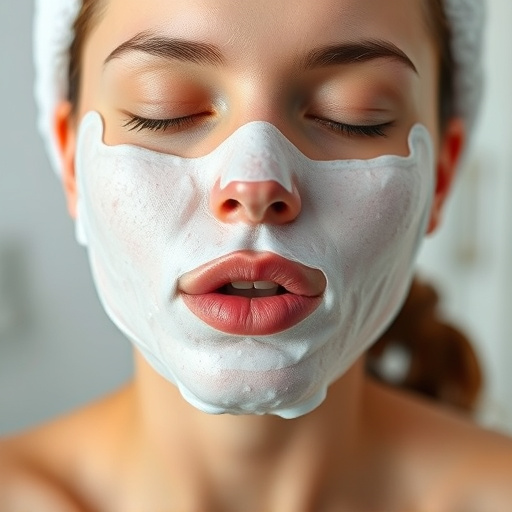
Razor bumps, also known as pseudofolliculitis barbae, are a common skin condition characterized by small, red, raised bumps that typically appear on areas where hair grows, such as the face, neck, or legs. This condition occurs when a person shaves or trims their hair too closely, causing hair to grow back into the skin. The most obvious symptom is the appearance of painful, irritated bumps just below the skin’s surface.
The main causes include poor shaving techniques, using dull razor blades, harsh cleaning products, or even tight clothing that irritates the skin. In some cases, underlying medical conditions like acne or allergies can also contribute to the development of razor bumps. To effectively manage and treat this condition, individuals should consider visiting a dermatologist who offers specialized razor bump treatment options, including professional skincare procedures like chemical peels and body contouring techniques, for lasting relief and improved skin texture.
When to Seek Professional Help for Effective Treatment
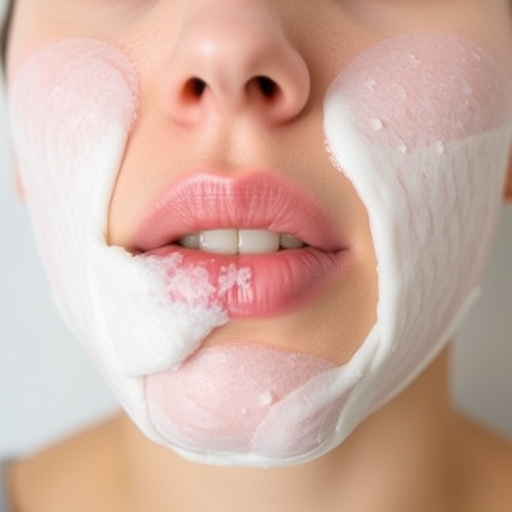
If your razor bumps persist or worsen despite home care measures, it’s time to consider professional help. Visiting a dermatologist is crucial for effective treatment as they can offer specialized care tailored to your specific skin concerns. Razor bumps are often caused by ingrown hairs, inflammation, or irritation, and a dermatologist will be able to diagnose the root cause accurately. They provide advanced treatments like chemical peels, laser therapy, or prescription medications that can target the underlying issues, promoting skin healing and preventing future razor bumps from forming.
Seeking professional assistance ensures access to evidence-based practices and state-of-the-art technology for pore refinement and skin health improvement. Moreover, dermatologists can offer personalized advice on grooming routines, shaving techniques, and product recommendations to maintain healthy skin and reduce the occurrence of wrinkles caused by repeated irritation from razor bumps.
Exploring Treatment Options: Topical Creams to Surgical Interventions
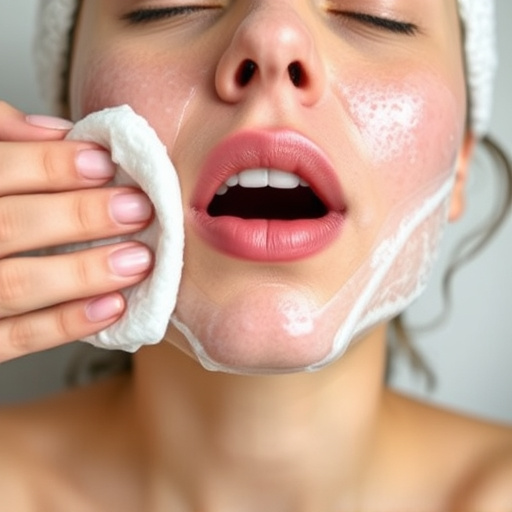
When exploring razor bump treatment options, individuals often wonder where to start. The good news is that various effective remedies are available, ranging from topical creams to more advanced procedures like laser hair removal. Topical creams, a common first step, can help soothe and reduce inflammation associated with razor bumps. Many contain ingredients like hydrocortisone or retinoids, which have anti-inflammatory properties.
For more persistent or severe cases, surgical interventions and medical spa services might be recommended. Procedures such as dermaplaning or microdermabrasion offer physical exfoliation to remove dead skin cells and stimulate new growth. Alternatively, laser hair removal targets the hair follicle itself, reducing hair regrowth over time. Each option has its benefits and considerations, making it essential to consult a dermatologist who can guide you in choosing the best razor bump treatment tailored to your specific needs.
If your razor bumps persist, worsen, or cause significant discomfort, it’s time to consult a dermatologist. They can offer expert advice and tailored treatments, from topical solutions to advanced procedures, ensuring effective razor bump treatment. Don’t let ingrown hairs disrupt your daily routine any longer—take control with professional guidance.



